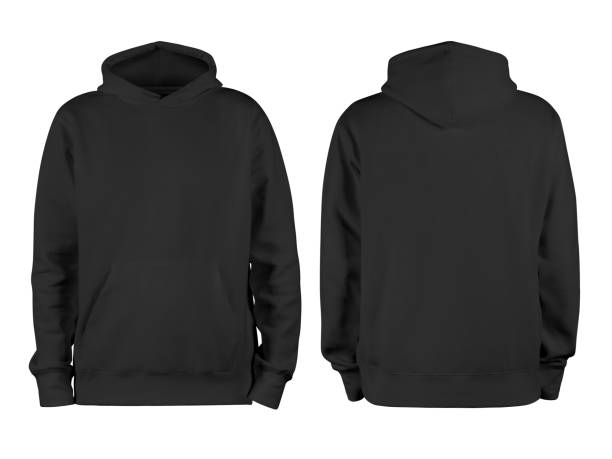
Fabric plays a vital role in print quality. Cotton blends work best with most printing methods. Avoid slippery synthetic fabrics that may not hold ink well and cause blurry designs.
Testing your fabric before full production can prevent costly issues. Different materials react differently to heat and ink. Pre-shrunk fabrics are often safer for consistent results.
If you choose unsuitable fabric, prints may crack or fade. Select textiles that complement your printing method. Always read your printer’s guidelines before selecting materials.
Design placement matters for comfort and visual appeal. A design printed too high or too low can appear awkward. Center alignment is often the safest choice for logos and artwork.
Double-check measurements before printing. Even a one-inch shift can distort symmetry. Use mockups and templates to visualize placement beforehand and reduce misalignment risks.
Tools like rulers, grids, and templates help position graphics accurately. Avoid eyeballing it—precise placement shows professionalism. Make use of design software to preview your layout.
High-quality artwork is crucial for clear prints. Avoid using images downloaded from the web—they’re usually low resolution. Vector graphics or 300 DPI files are ideal for hoodie prints.
Low-resolution images result in pixelated or fuzzy designs. This is one of the most common printing mistakes. Take time to create or source sharp, scalable graphics for every print.
Use professional software like Adobe Illustrator or Photoshop for designing. Raster images should be saved at a proper size to avoid distortion during scaling or printing.
Always run a test print before bulk production. Skipping this step can lead to costly errors that could’ve been avoided. Samples help you catch mistakes in color, size, or placement.
Testing allows you to see how your design appears on fabric. Colors may differ when printed versus how they look on a screen. Adjust accordingly based on results from samples.
A single sample hoodie can save you from losing an entire batch. This small step prevents waste and ensures consistency in quality across all units you deliver.
FAQs
Cotton or cotton-blend fabrics are best as they hold ink well and maintain durability after washes.
Cracking may occur due to low-quality ink, wrong heat settings, or poor fabric choice.
No, use high-resolution or vector files to avoid blurriness and maintain clarity in the final print.
Use templates and measurement tools. Avoid guessing—mockups help you visualize and adjust design placement.
Yes, always test print to avoid costly errors in bulk production and ensure quality control.